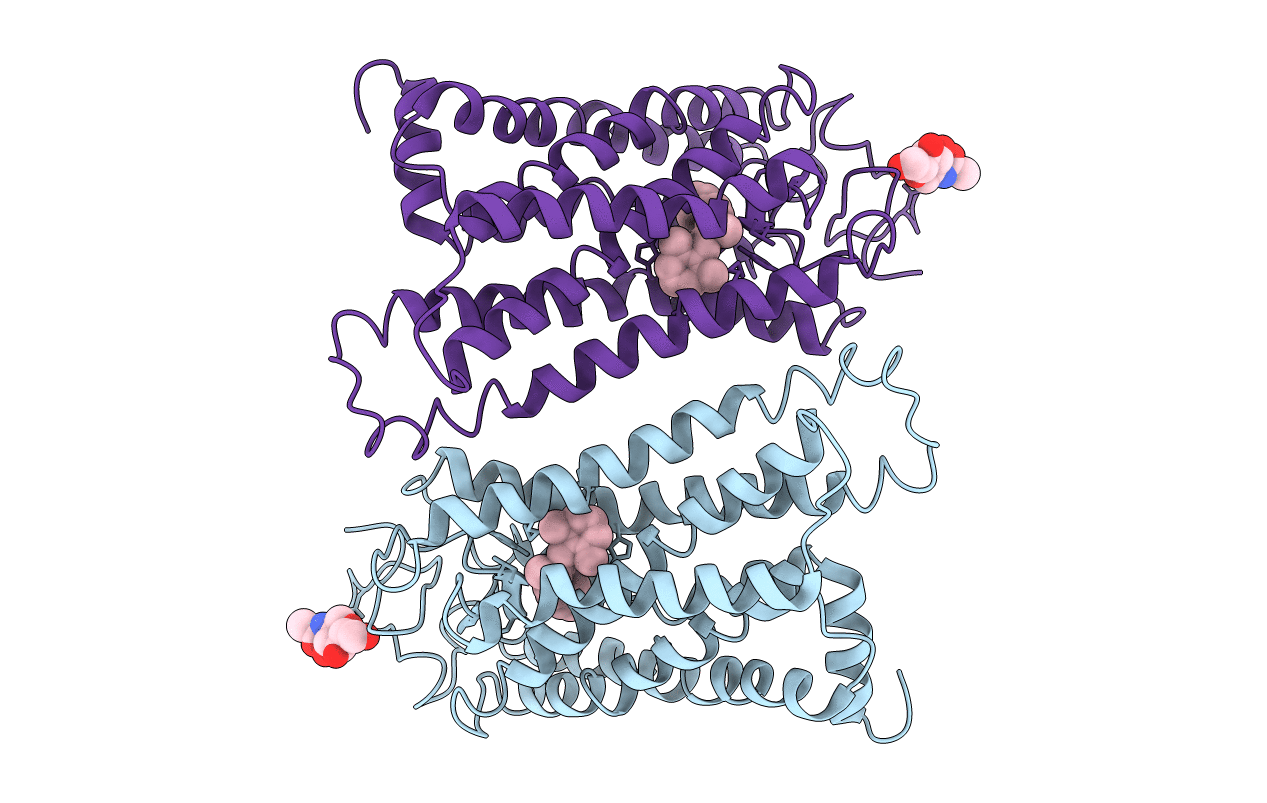
Deposition Date
2006-09-07
Release Date
2007-09-25
Last Version Date
2024-10-23
Entry Detail
PDB ID:
2J4Y
Keywords:
Title:
Crystal structure of a rhodopsin stabilizing mutant expressed in mammalian cells
Biological Source:
Source Organism:
BOS TAURUS (Taxon ID: 9913)
Host Organism:
Method Details:
Experimental Method:
Resolution:
3.40 Å
R-Value Free:
0.32
R-Value Work:
0.28
R-Value Observed:
0.28
Space Group:
P 31


